Russia’s ‘imminent’ invasion of Ukraine or a slow ‘annexation’ of Donbass?

Despite widespread speculation, a shooting war between Ukraine and Russia is highly unlikely. The ‘annexation’ of the breakaway republics is on the horizon.
The media all over the world, most notably in Europe and North America, has been attempting to persuade the public in recent weeks that Russia is about to invade Ukraine. However, there are a number of reasonable doubts about this interpretation.
The context
The Russian administration is embroiled in a major conflict with Ukraine’s current authorities, which it believes were installed through a coup. Many commentators go so far as to call it a ‘fascist’ one. Indeed, following the overthrow of the democratically elected government led by Viktor Yanukovych until 2014, Ukraine has swung dramatically to the right, with many, including Western analysts, claiming that the country is a “tourist mecca for Nazis from all over the world.”
The political intentions declared by the new hardline-nationalism oriented powers that emerged from the massive protests and troubling violence in 2014, known as ‘maydan’ or ‘revolution of dignity,’ clearly intimidated Ukraine’s Russian-speaking and Russian-identifying diaspora, which effectively accounts for more than half of the country’s population. This fueled separatist sentiments in Ukraine’s east, where two People’s Republics — Lughansk and Donyetsk — were established.
Soon after, the local parliament in Crimea, Ukraine’s south-eastern peninsula and autonomous region, voted in favor of joining Russia. Following a popular referendum on the issue, Crimea effectively became part of Russia between February and March 2014, with the vast majority of the population voting in favor of joining the Russian Federation. Despite the fact that there has been no fighting, European and American mainstream media and politicians claim that this was illegal and that Russia has now ‘occupied’ or ‘annexed’ Crimea.
In April of this year, the standoff between Moscow and Kiev resulted in some very serious tensions.
The Ukrainian military was massing near the contact line with the breakaway republics, threatening an all-out invasion to “restore Ukraine’s sovereignty” over those territories. Russia’s response has been a massive buildup of troops and military vehicles near Ukraine’s border, as well as the Donetsk and Lugansk republics. The resolution of the rising tensions came with the intervention of US President Joseph Biden, who made it clear to Kiev that the US would not engage in a hot war with Russia, and that if anyone actually pulled the trigger, Ukraine would lose its statehood. Biden later met with Putin at a summit in Switzerland. This was the year’s last major war panic, and it ended peacefully. The Russian incursion never took place. This has not, however, prevented a new war frenzy from erupting this month.
The fear mongering
Fears of ‘imminent’ Russian invasions of Ukraine — and the ensuing apocalyptic conflict between East and West — come and go on a regular basis. Sometimes it’s the Ukrainians who scream the loudest, and other times it’s the West.
This time, it’s the Americans who are inciting the panic, with anonymous US officials telling Bloomberg on November 11 that: “Russia may be weighing a potential invasion of Ukraine as tensions flare between Moscow and the bloc over migrants and energy supplies,” citing an alleged “buildup of Russian forces near the Ukrainian border.” According to unnamed sources, the US is considering sending “military advisers and new equipment, including weaponry,” to Ukraine to assist the country in defending itself.
Since then, European and North American media have claimed, sometimes quoting American high-ranking officials, that a Russian ‘invasion’ of Ukraine is ‘imminent.’ Moscow rejects this interpretation, and Russian politicians and commentators have repeatedly stated that a military clash is only possible “if Ukraine makes the first move.”
Furthermore, while commentators have been speculating about an ‘imminent’ war between Russia and Ukraine, President Vladimir Putin last week took a significant step toward absorbing the war-torn breakaway Donbass regions. Yet, strangely, no one seemed to care.
The reality
Remarkably, Ukraine initially said that there was no proof of a new Russian military buildup, but has subsequently modified its position and accepted the Americans’ apocalyptic allegations. Ukrainian officials went so far as to specify how the ‘imminent invasion’ would take place. General Kyrylo Budanov, the head of the country’s military intelligence, told Military Times that Russia was planning an attack in January or February 2022, and that the assault “would likely involve airstrikes, artillery, and armor attacks followed by airborne assaults in the east, amphibious assaults in Odessa and Mariupol, and a smaller incursion through neighboring Belarus.”
While Russia would almost certainly retaliate violently if Ukraine launched a full-scale assault on the rebel republics in the east, no one has yet come up with a credible reason why Russia would start an all-out invasion of Ukraine out of the blue. Not only would such an attack be extremely costly in terms of lives and money, as well as irrevocably severing Russia’s relations with the West, but it’s also difficult to see how the Russian leadership could explain such a fight to its own people.
We can safely rule out war between Russia and Ukraine in the coming months unless an extreme provocation occurs.
However, some truly fundamental steps are being taken by the Kremlin that will almost certainly seal Ukraine’s fate as a failed state.
Ukraine’s partitioning is nearing completion
Last Thursday (November 18), Russian President Vladimir Putin issued a decree On rendering humanitarian assistance to the population of separate districts of Ukraine’s Donyetsk and Lughansk Regions. The regulation “ensures that Donbass goods have equal access to Russia’s state procurement tenders.” It also eliminates “customs quotas for the movement of goods across the border.”
“This is a purely humanitarian response to Kiev’s non-fulfillment of the Minsk accords, the economic and transport blockade of the Donyetsk and Lughansk regions that has been in place since 2017 and the liberation of the region’s residents from the economic stranglehold created by the Kiev regime” Russia’s Authorized Representative in the Contact Group on Settling the Situation in Eastern Ukraine Boris Gryzlov said last Thursday. “This actually paves the way for the revival and recovery of the Donyetsk and Lughansk economies, which have significant resources and potential in the metals, energy, and engineering sectors,” he continued.
This denotes a vital point. Moscow now appears to have abandoned any hope that Ukraine’s West European backers will compel it to fulfill the provisions of the Minsk Protocol1 and has taken decisive action.
The reason Ukraine has not followed with the Minsk Protocol accords is that it compels Kiev to engage in conversation with the political leaders of the breakaway republics. The Ukrainian government refuses to do so because it, like its Western supporters, believes it is a matter between Moscow and Kiev rather than a Ukrainian internal affair. The Ukrainian government is also afraid that engaging with the leaders of the Donyetsk and Lugansk republics may promote the latter’s international recognition. Nonetheless, Ukraine made a formal commitment to this six years ago in the presence of key Western leaders. Since the outbreak of the conflict in eastern Ukraine, the Russian government has maintained that Donyetsk and Lugansk are part of the Ukrainian state and should be reintegrated into it through the grant of significant regional autonomy.
However, the tide appears to have shifted. Putin’s recent decree demonstrates that Russia is now moving in a different direction — gradually integrating the breakaway territories into its own sovereignty.
In this context, it is worth noting the 2019 decision to allow Donbass residents to petition for Russian citizenship. This is the next step, and it appears to be decisive. Moscow has definitely given up on discussions with Kiev. However, claiming that the Kremlin has chosen war is extraordinary. It is rather solidifying Ukraine’s partition and starting the creeping takeover of the two republics. The longer this process continues, the more difficult it will be to undo. Indeed, it is possible that it is already too late.
The Minsk Protocol gave Ukraine a chance to retake control of the separatist area in the east, which it may now have lost for good.

The author is a Polish-Bulgarian journalist, translator, and publisher. In the late 1990s, he was active in the Polish left, and later in the labor movement, particularly in the All-Poland Trade Union Alliance, Poland’s largest labor confederation (OPZZ). Until 2012, he was the weekly magazine’s editor-in-chief. Later, he worked as the deputy editor of Strajk.eu, and since 2008, he has been the Polish correspondent for Bulgarian National Radio. He founded The Barricade.
1 The Minsk Protocol is an agreement aimed at putting an end to the conflict in Ukraine’s Donbas region. It was drafted by the Trilateral Contact Group on Ukraine, which included Ukraine, Russia, and the Organization for Security and Cooperation in Europe (OSCE), with mediation by the leaders of France and Germany in the so-called Normandy Format. The agreement was signed in Minsk, Belarus, by representatives of the Trilateral Contact Group and, without recognizing any status, by the then-heads of the Donetsk People’s Republic and the Luhansk People’s Republic. The agreement, which came after multiple previous attempts to end the fighting in the Donbas, aimed to put an immediate halt to the fighting. It failed to bring the fighting in Donbas to a stop, and was thus followed by a new package of measures known as Minsk II, which was signed on February 12, 2015. This, too, failed to stop the fighting, but the Normandy Format parties agreed that it would serve as the foundation for any future conflict resolution.
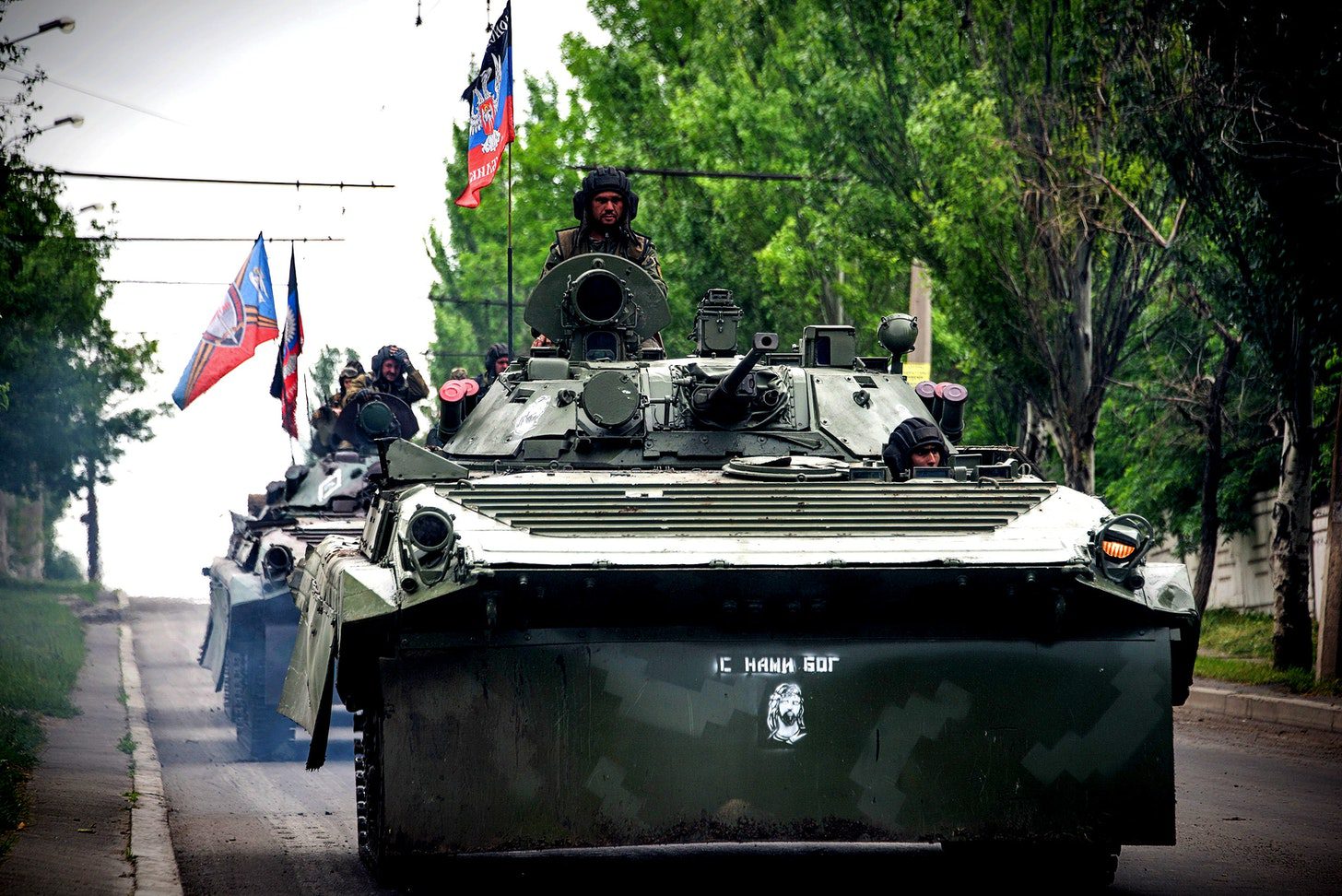
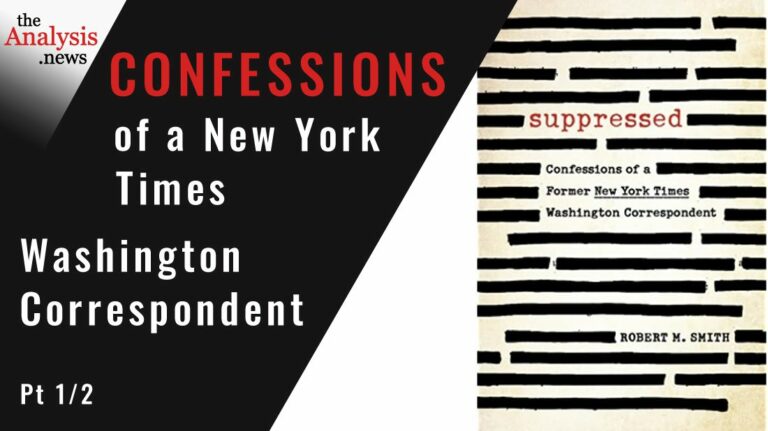


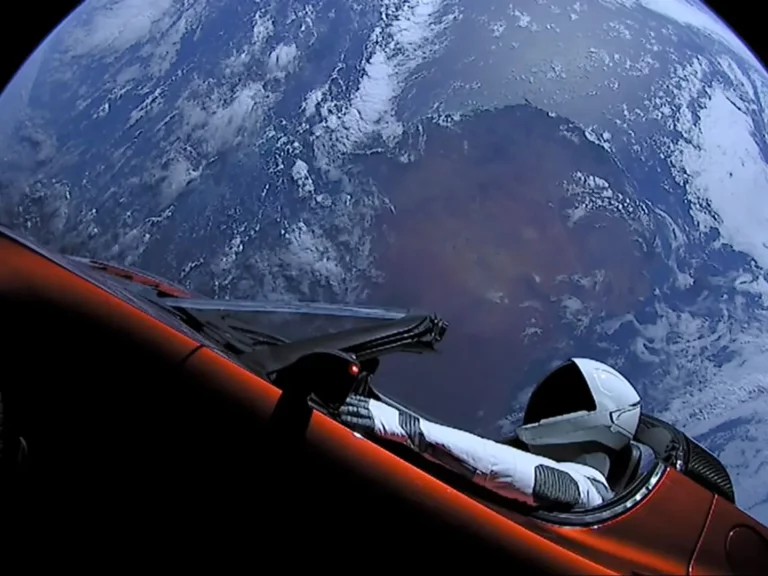
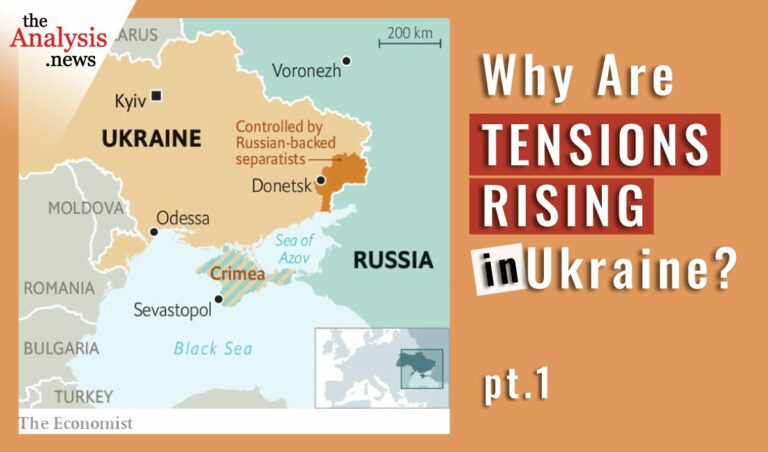
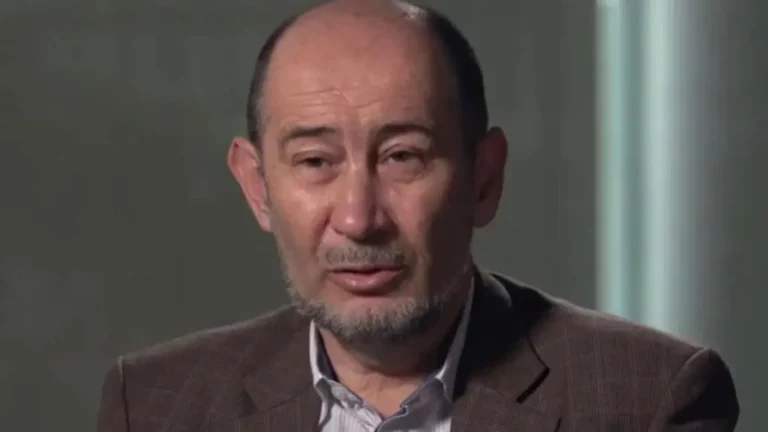
Thanks for the good introduction to the issue and the current state of affairs, Boyan.
If only more Americans read this…
“The Russian administration is embroiled in a major conflict with Ukraine’s current authorities,
which it believes were installed through a coup.”
I stopped reading after this. That Ukraine’s government was installed by a coup
is a matter of fact. Fence-sitting about facts doesn’t help readers.
I read the whole thing. Balance is a tricky rhetoric, especially when the msm coverage of this topic is generally anti-Russia and context-phobic. Nice work. Thanks.
Thank you for this article.
Ok, so:
1) NATO is seeking to make Ukraine a member. For that, they’re fine with integrating a core Ukraine, hence
2) The Donbass can be ceded. The author is probably absolutely right about Donbass being absorbed into Russia.
3) It’s not so much that Russia or Ukraine or ‘tired of discussion’… rather, they have come to a sort of understanding.
4) NATO (which effectively means US) scaremongering is aimed at 1), making Ukraine a NATO member.
5) Even ceding some territory, NATO will have moved the European fault line further East, running from the Baltic states through Poland to Ukraine (rest-). This will still not sit well with Russia.
6) Agree that there isn’t going to be an all-out war
7) From a larger perspective, and a European one, this is still disastrous. The strategic aim of the US-UK was and is to deny Eurasian cooperation. Thus, Ukraine does not only function as a potential offensive threat against Russia, its main purpose is to seal Russia in or off from Central/Western Europe. An vice versa. Europe must remain under Atlantic boots. A strong cooperative Eurasian “prosperity zone” would be in the best interest of its peoples; yet it is a strategic nightmare for the US and the UK. This is why they’re lobbying Eastern (“New”) Europe… and use their EU puppets to cry war as well. It’s divide et impera on a massive and dangerous scale.
As an American, I give no credibility to the word of US government officials, including its Presidents. They lie! The pertinent lie in the present discussion is the one made by James Baker, as Sec’y of State to Gorbachev. Since I have followed the rise of Russia under Pres. Putin, I have not noticed any lying by him, by F.M. Lavrov, or by other high officials of the Russian Federation.
I read of the $778 billion appropriation for the US military just passed by congress and think of myself as a colonial subject rather than a citizen. I am not aware of any threat to the US that warrants such use of our nation’s resources. Most of the failures of US governments, federal, state, and local derive from such corrupted budgeting. The failures are supported ideologically by fear of socialism. Any benefit to Americans that comes from government, that is what seems to define socialism in the US.
What funds the federal government does not take from tax revenues, it steals. Its Federal Reserve borrows by issuing Treasury debt it will never be able to pay back without bringing the US dollar into parity with the Weimar Rentenmark. What currency the Fed wishes to transfer to its patrons in the major banks or to its Wall Street favorites, the Fed “prints”. The purchasing power of these transfers come from the savings of colonial subjects like me. The Fed, its FOMC, its governors and regional presidents, are thieves.
Chinese F.M. Wang Yi told us that to be a democracy, a government must improve the lives of its people. I believe China and Russia have done that since 1990. The US does not qualify.